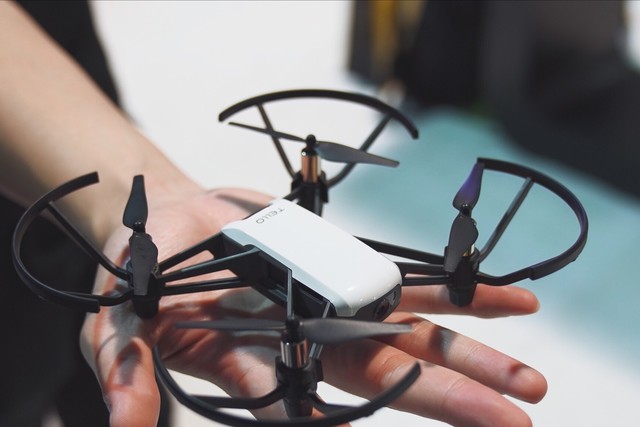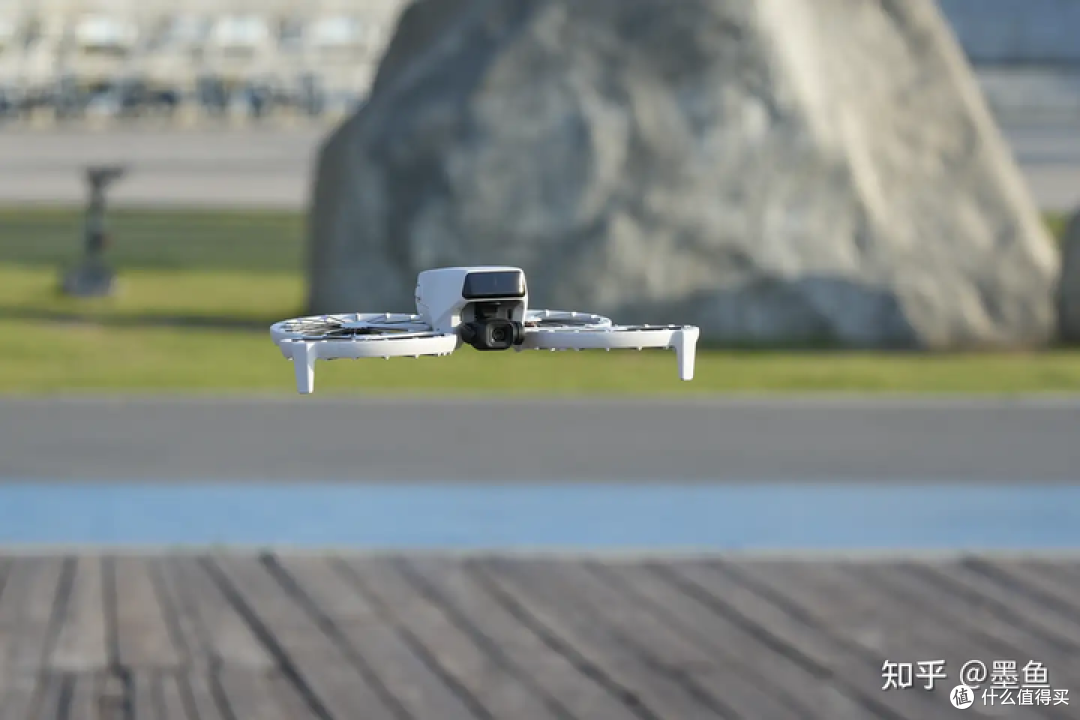The Rise of Drone Planes
Drone planes are remotely piloted or autonomous aircraft designed to carry out a wide range of functions including surveillance, delivery, and search and rescue operations. The integration of advanced sensors and communication systems has enabled drone planes to perform tasks with unparalleled precision.
One of the most significant advancements in drone technology is the incorporation of AI for navigation and decision-making processes. AI-driven drones are capable of understanding complex environments and making real-time adjustments, ensuring optimal flight paths and mission success. As these drone systems become more sophisticated, they are set to replace traditional aircraft in various sectors, complementing manned aviation rather than competing with it.
The Environmental Impact
Drone planes offer a greener alternative to conventional aircraft, with significantly lower carbon emissions due to their reliance on electric power. Innovations in battery technology have further extended their operational range, making them ideal for tasks such as monitoring wildlife or assessing environmental changes. This environmentally friendly aspect is appealing to many industries seeking to reduce their carbon footprint.
Applications in Various Sectors
Drone planes are not limited to just one industry; their versatility is making waves across multiple fields. In agriculture, drones are used for precision farming, employing sensors to assess crop health and optimize irrigation. In the logistics sector, drone planes are revolutionizing package delivery, providing faster and more efficient distribution to remote locations. The military uses drones for strategic reconnaissance, providing vital information without risking personnel on board.
Reliable communication systems enable drone planes to be piloted remotely, a feature that is particularly useful in challenging environments such as disaster zones where immediate assessment is critical. These technologies are becoming instrumental in humanitarian aid missions, delivering supplies and medical assistance in areas that are otherwise inaccessible.
The Future of Drone Planes
 With continuous advancements in artificial intelligence and machine learning, drone planes are expected to become even more autonomous. Future iterations may include improved energy efficiency, longer flight durations, and better payload capacities. As regulations evolve to support these emerging technologies, we anticipate an increase in commercial drone plane deployments across global markets.
With continuous advancements in artificial intelligence and machine learning, drone planes are expected to become even more autonomous. Future iterations may include improved energy efficiency, longer flight durations, and better payload capacities. As regulations evolve to support these emerging technologies, we anticipate an increase in commercial drone plane deployments across global markets.
Moreover, the drone plane industry is likely to focus on enhancing safety features, such as emergency landing protocols and collision avoidance systems, ensuring that these innovations contribute positively to aviation safety standards.
FAQs about Drone Plane Technology
How do drone planes navigate autonomously?
Drone planes utilize advanced algorithms combined with AI to interpret data from various sensors, enabling them to make informed decisions about their flight paths and operations.

Are drone planes environmentally friendly?
Yes, drone planes are more environmentally friendly compared to traditional aircraft, relying mostly on electric power which results in lower carbon emissions.
What industries benefit the most from drone technologies?
Industries such as agriculture, logistics, and defense are reaping significant benefits from drone technologies, leveraging their capabilities to increase efficiency and safety.